According to scientists at the University at Buffalo, a new glowing dye called BODIPY could be a central part of the liquid-based batteries that researchers are looking at to power our cars and homes.
BODIPY – or boron-dipyrromethene – is a fluorescent material that researchers believe could be an ideal material for stockpiling energy.
The new research shows that BODIPY-based batteries operate efficiently and display promising potential for longevity, functioning for more than 100 charge cycles.
“As the world becomes more reliant on alternative energy sources, one of the huge questions we have is, ‘How do we store energy?’ What happens when the sun goes down at night, or when the wind stops?” says lead researcher Timothy Cook, ECS member and assistant professor of chemistry at the University at Buffalo. “All these energy sources are intermittent, so we need batteries that can store enough energy to power the average house.”


 Twenty-sixteen marked the 25th anniversary of the commercialization of the lithium-ion battery. Since Sony’s move to commercialize the technology in 1991, the clunky electronics that were made possible by the development of the transistor have become sleek, portable devices that play an integral role in our daily lives – thanks in large part to the Li-ion battery.
Twenty-sixteen marked the 25th anniversary of the commercialization of the lithium-ion battery. Since Sony’s move to commercialize the technology in 1991, the clunky electronics that were made possible by the development of the transistor have become sleek, portable devices that play an integral role in our daily lives – thanks in large part to the Li-ion battery.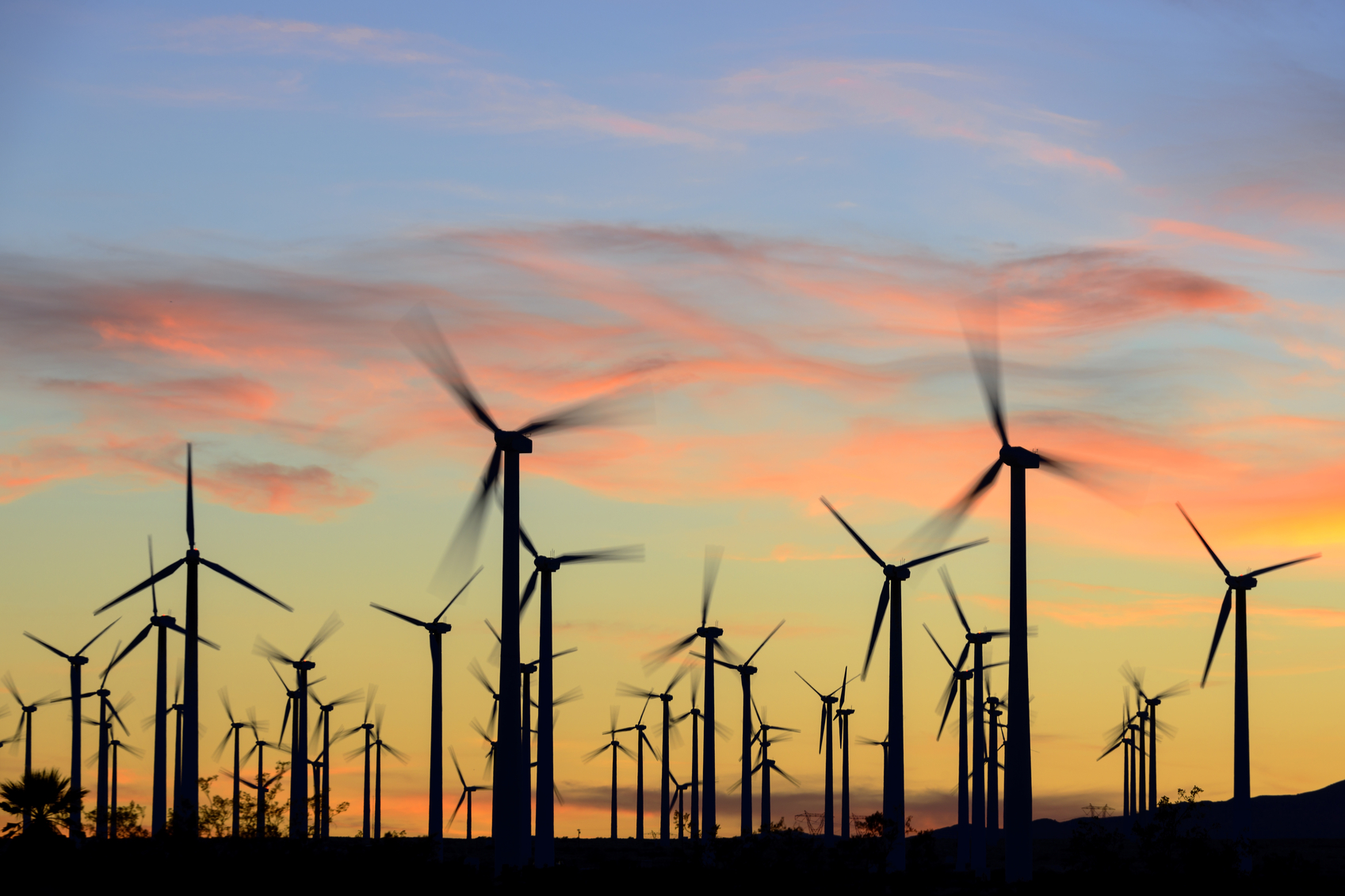 New research shows another step forward in the goal of developing energy storage systems robust enough to store such intermittent sources as wind and solar on a large-scale.
New research shows another step forward in the goal of developing energy storage systems robust enough to store such intermittent sources as wind and solar on a large-scale.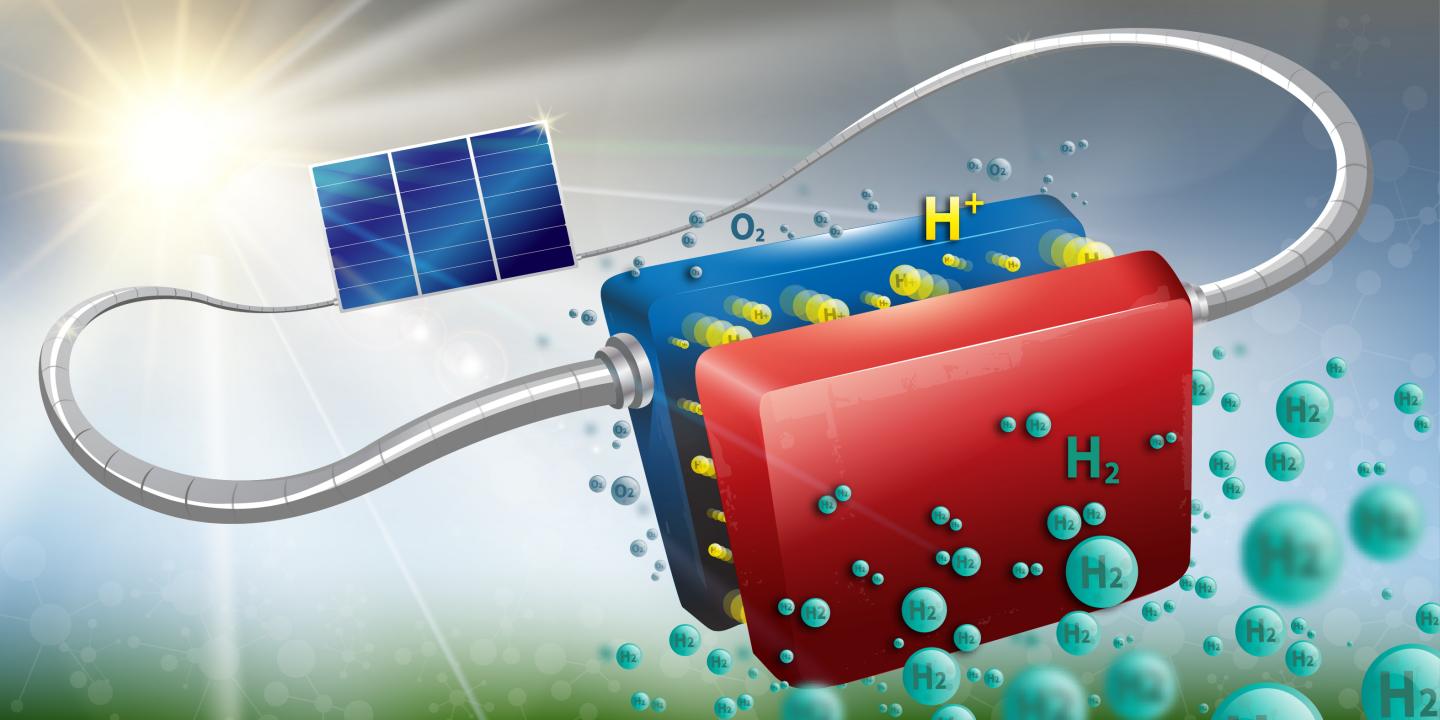
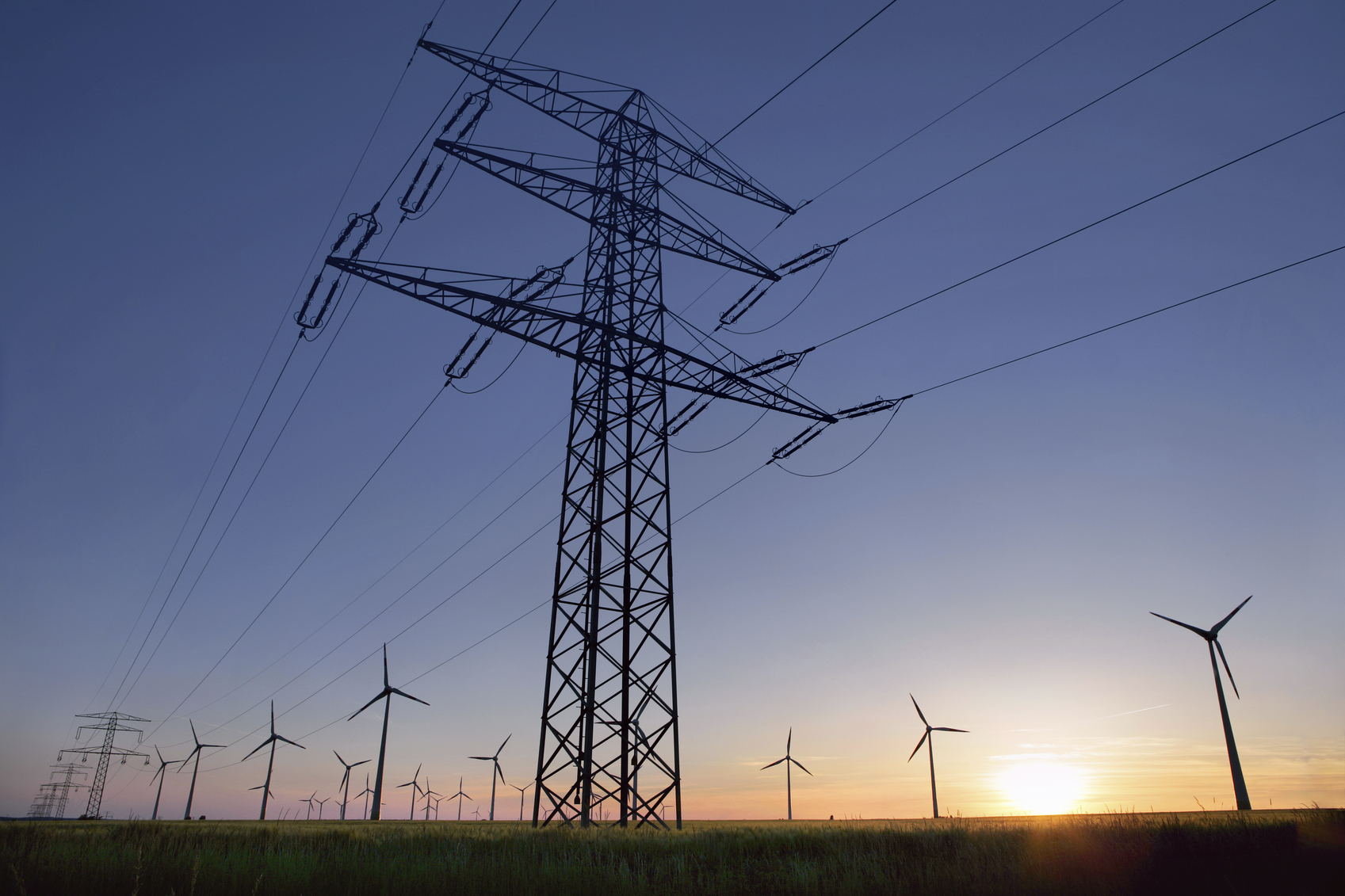 The world’s next energy revolution is looming nearer.
The world’s next energy revolution is looming nearer.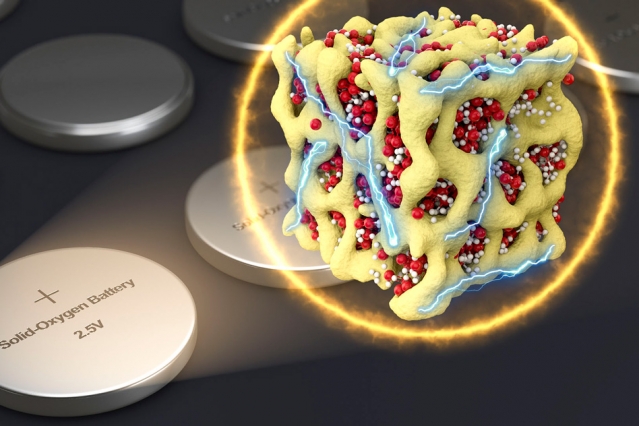
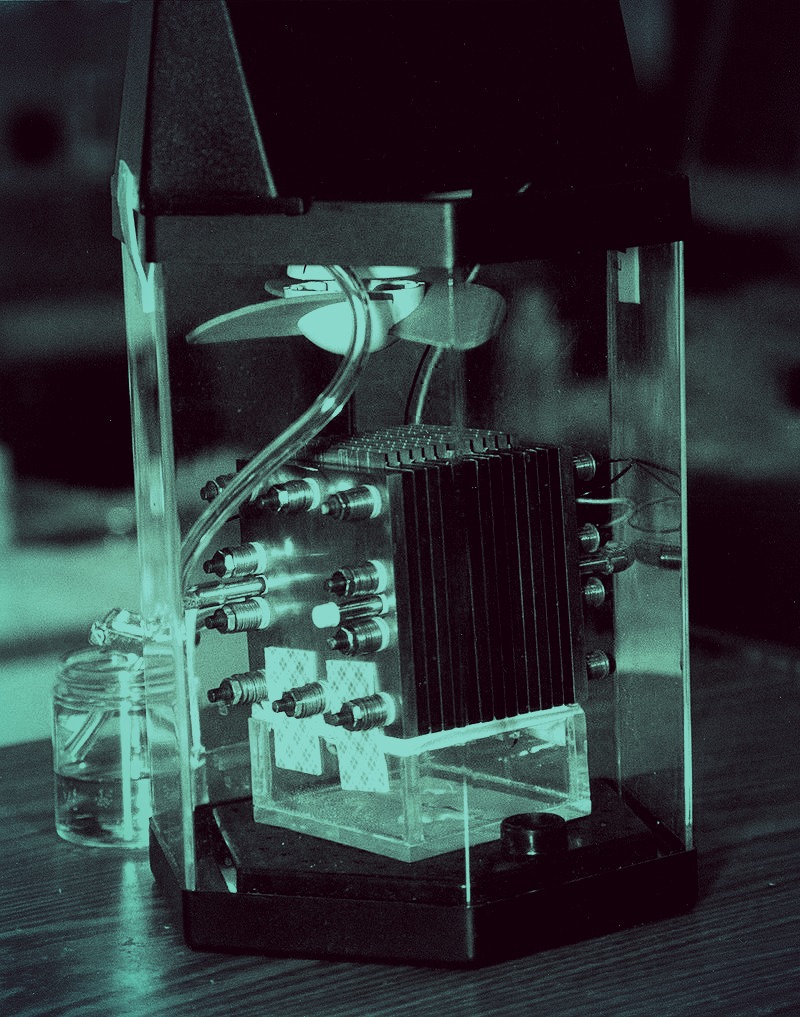
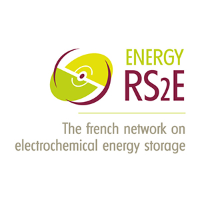 The French research network on electrochemical energy storage (RS2E) – a public research organization focused on batteries and supercapacitors – has just launched the
The French research network on electrochemical energy storage (RS2E) – a public research organization focused on batteries and supercapacitors – has just launched the